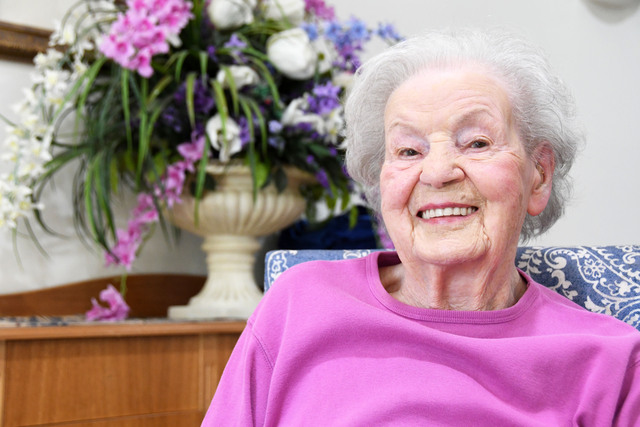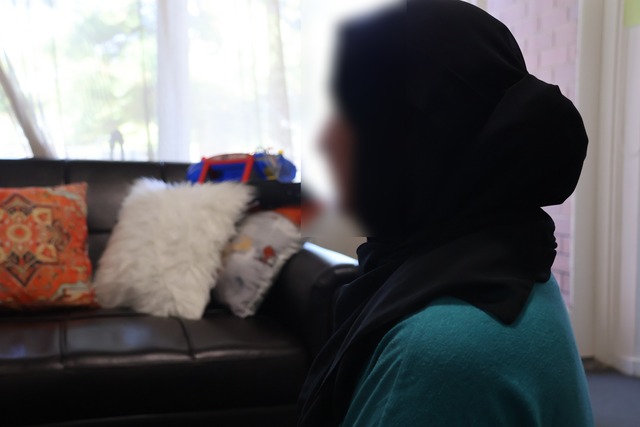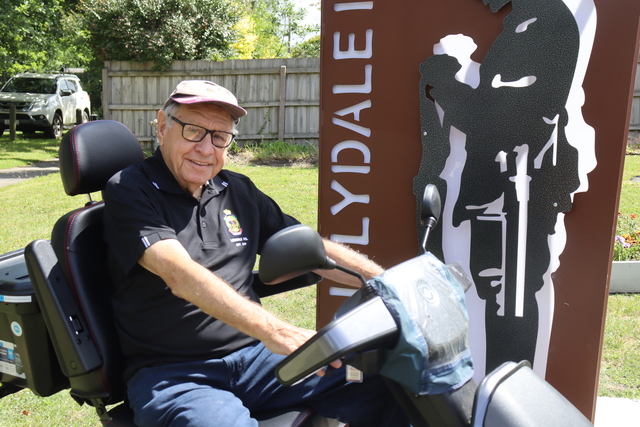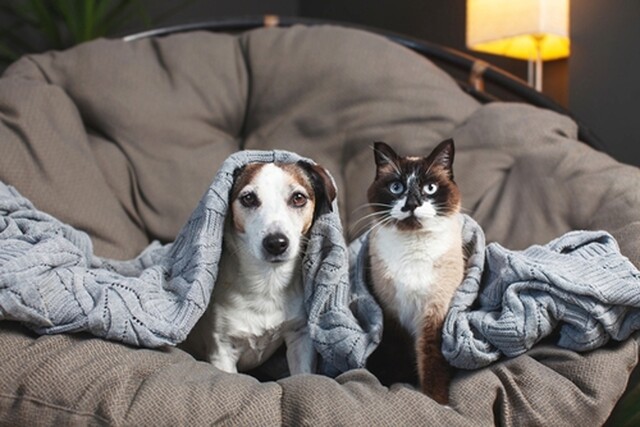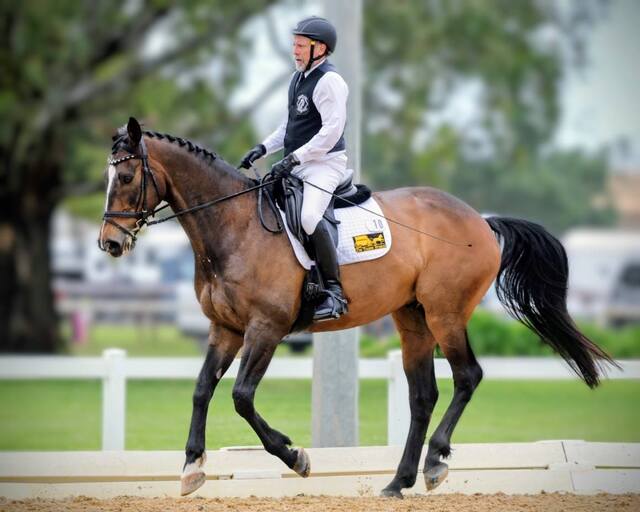As the City of Casey continues to grow at a rapid rate, the latest census data released on Tuesday 28 June depicts housing affordability in the region is failing to keep pace.
Casey’s population grew by 22 per cent from just under 300,000 in 2016 to 365,239 last year, with the number of private dwellings jumping from 101,998 to 122,583 in that period.
But as more people turn to are renting (2 per cent increase) then outright home ownership (1 per cent decrease), rental and mortgage stress continues to plague the City.
With median weekly rent experiencing a $40 rise to take it $10 above the Victorian average of $380, the number of households undergoing rental stress, where rent payments equate to greater than 30 per cent of household income, has nearly quadrupled, from 7.6 per cent in 2016 to 29.9 per cent last year.
Following the same criteria as rental stress, mortgage stress has also increased to 18.3 per cent from 12.7 per cent in 2016, as the median monthly mortgage jumped by $217.
Casey suburbs most-plagued by mortgage stress included Hampton Park and Clyde (20.6 and 20.2 per cent respectively), while rental stress was highest in Cranbourne (33 per cent) and Hampton Park (32.2 per cent)
Median weekly rent was the highest in the suburbs of Berwick and Pearcedale (both $400) and Clyde ($401), while Cranbourne had the most affordable with a median of $342.
Berwick Clyde and Pearcedale also led the way for median weekly household income, at $2113, $2152 and $2009 respectively, while the median in Cranbourne came in at $1477.
Median weekly income rose by $364 to $1918, ranking it higher than its neighbouring cities in Cardinia ($1874) and Greater Dandenong ($1453).
The City also continues to be a diverse melting pot of ethnicities and cultures, with the number of residents with both parents born overseas increasing to 59 per cent, up from 53.2.
It reflects the country’s population as a whole, with over 1 million people arriving in Australia between 2017 and 2021.
With the new arrivals, the proportion of Australian residents that are born overseas (first generation) or have a parent born overseas (second generation) has moved above 50 per cent (51.5 per cent).
English (21.7 per cent) and Australian (21.6 per cent) ancestry continues to dominate the cultural diversity count, followed by Indian (9.3 per cent), Scottish (5.1) and Irish lineage (4.9).
53 per cent of Casey residents registered English as the only language used at home, with 45 per cent living in household where non-English was used.
India, Sri Lanka and Afghanistan were the top responses for country of birth for people not born in Australia, and Punjabi is the most used language at home other than English in Casey.
11 per cent of Clyde residents and 4.3 per cent in Cranbourne use Punjabi as the top language other than English.
Mandarin topped the percentages in Berwick, Endeavour Hills and Narre Warren (tied with Sinhalese), while Hazarghi had the highest percentage for Hampton Park residents and Serbian topped Pearcedale.
The 2021 Census achieved a response rate above the Australian Bureau of Statistics target obtaining data from 10 million dwellings.
The dwelling response rate was 96.1 per cent, up from 95.1 per cent in 2016.
For further information about 2021 Census data, head to abs.gov.au/census/find-census-data


